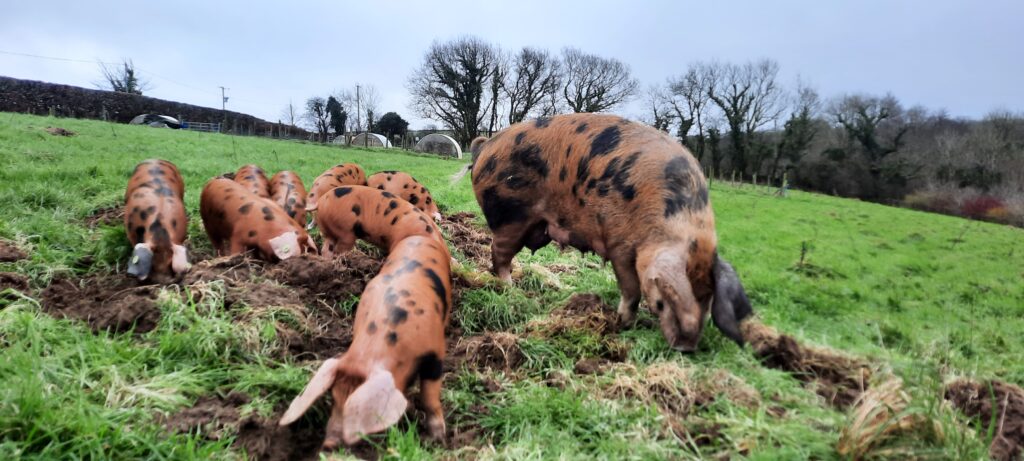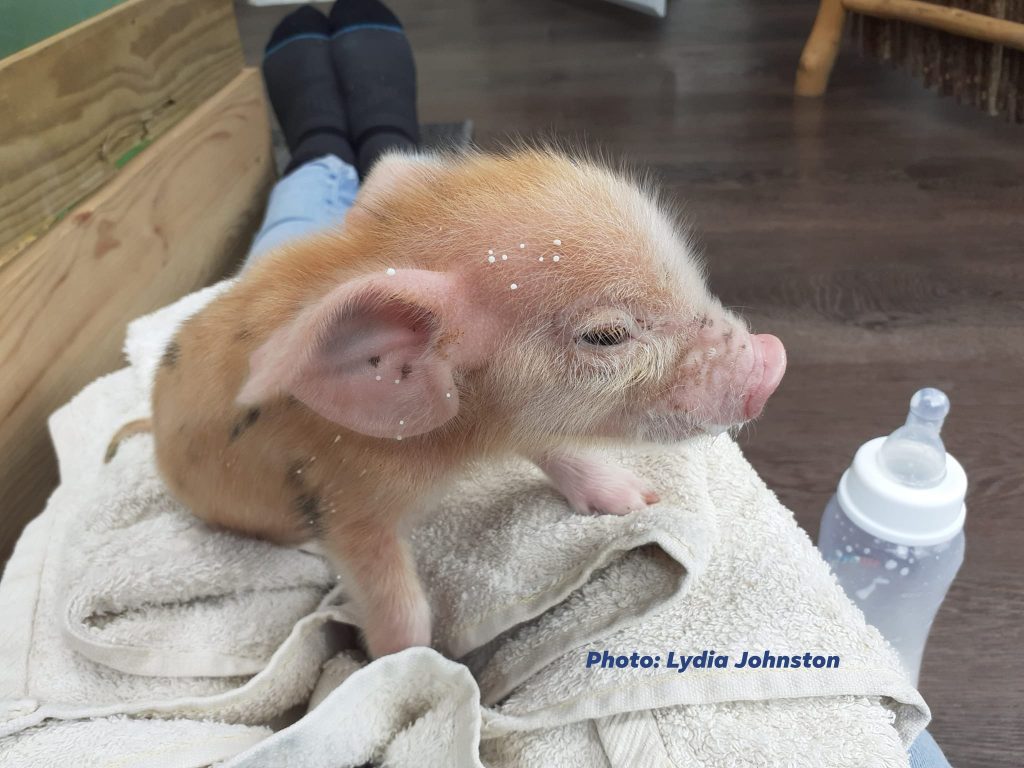
Although not a common ailment with the Oxford Sandy and Black Pig breed, it does happen from time to time. This condition involves the partial or complete eversion (turning outwards or becoming inside out) of one or both uterine horns. It does not affect piglets, weaners, or fatteners.
Alternative Name:
- Prolapse of the uterus
Information:
Uterine prolapse usually occurs within 2-4 hours after the farrowing process. Prolonged efforts during farrowing can cause a small part of the uterus to be pushed out by uterine contractions.
Symptoms in Sows:

- Prolapse typically occurs within about an hour.
- It begins with the appearance of the red mucosa of the uterus.
- This mass increases rapidly in size until it emerges completely.
Causes / Contributing Factors:
- Uterine prolapses are rare but usually occur in older sows with large litters or those giving birth to very large piglets.
- Weakening of the structures that hold the uterus or a flaccid uterine wall.
- Estrogenic mycotoxins have been linked to this condition.

Control / Prevention:
- It is possible to reinstate the uterus back inside the sow, but it is a challenging task and the sow can die due to internal hemorrhaging.
- If the sow survives, it should not be bred from again.
- The alternative is to cull the sow.
The Oxford Sandy and Black Pig Group (OSBPG) is UK’s only pig breed that is a registered charity in England & Wales (1190469) and Scotland (SCO52662). We are creating a better future for our breed the bloodlines and the breeding potential together with our Independent Pork Producers, Breeders and Oxford Sandy and Black Keepers and their families. Please click the donate button so we may continue to look after our breed and our supporters
Follow us on Facebook and see how we support, help and inspire individuals about our beautiful rare breed the OSB Pig



